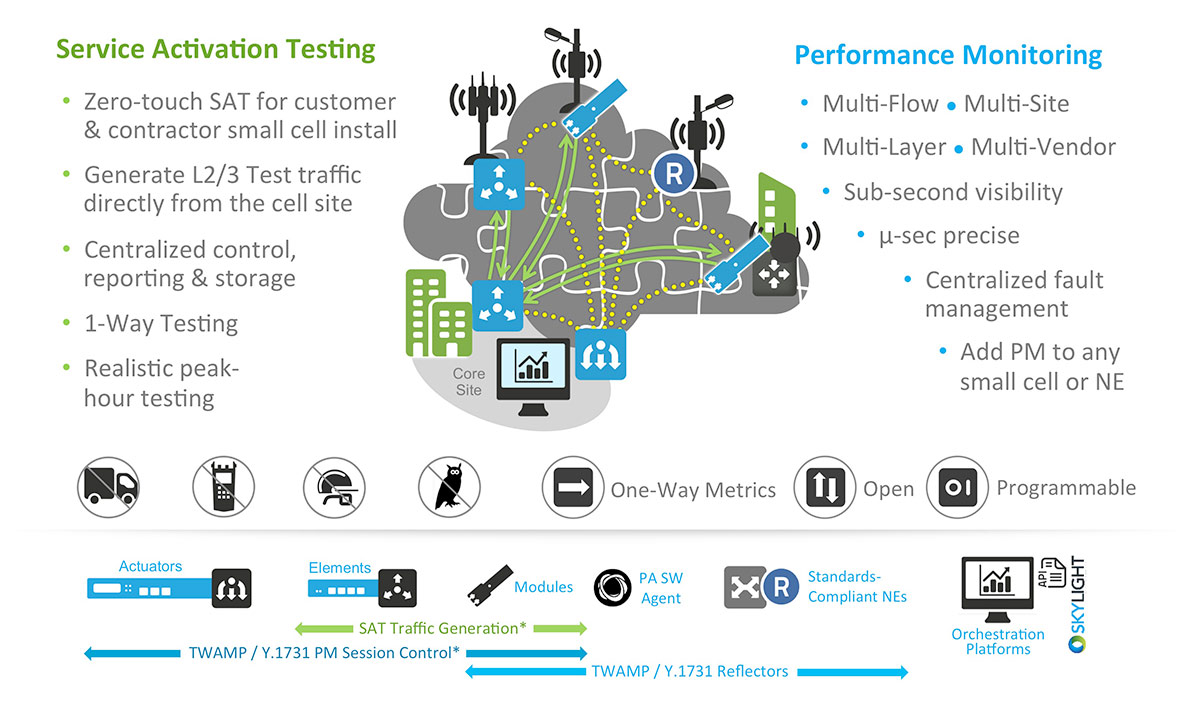Note the similarity. Both
Allot Communications and
Sandvine issued 2 press releases each, just after their 2nd quarter has ended. A bad one and an $8M optimistic one (see below). Also, for the first time since it became a public company, Allot provided revenue guidance, expecting "
revenues to range between $100-$105 million for full year 2015", compared to $117M in 2014, a decline of close to 9%, meaning also they expect the revenues for H2 2015 ($49-54M) will be similar to H1 ($51M).
Based on the similarity, it seems that the problem is with a declining market, rather than sales execution. The basic technology and solution (DPI based traffic management) is not as attractive today as it was several years ago, when mobile networks started to see strong demand for data without having the proper infrastructure in place and Net Neutrality was just a proposal.
There are no "bandwidth hungry" applications anymore you can, as an operator, control or throttle without customers noticing and switching.
The transition to other solutions (analytics, security, VAS, charging) offered now by the DPI players is either not a complete solution (security), generates smaller deals (analytics, as it may be enough to analyze smaller portion of the network) or attractive just in limited regions (monetization).

- Sandvine said on June 8th that "it has received an expansion order for more than $8 million" (here). and
" it expects revenue for its second quarter to be between $28.0 and $28.5 million .. The timing of closing certain large deals created variability in our quarterly results but we believe that these opportunities will close soon. Also, as we have discussed on previous conference calls, we are seeing more customer acceptance tests in contracts .. [however!] Sandvine’s book-to-bill ratio in the second quarter was greater than one"
- Allot announced on July 6th that "three strategic wins across the globe in the second quarter (Q2) of 2015. The new sales, summing approximately $8 million .. A multi-million dollar order from a new Tier-1 mobile operator in Asia Pacific .. A multi-million dollar order from a new multinational, Tier-1, mobile operator based in Latin America .. A multi-million dollar order from a new Tier-1 Mobile operator in EMEA" (here). And it
"expects revenues in the second quarter of 2015 to be in the range of $21-$22 million. The Company also expects to generate a net operating loss in the quarter .. [however!] Allot’s book to bill ratio in the second quarter was above 1 and cash reserves comprise of cash, cash equivalents, bank deposits and marketable securities as of June 30, 2015 were approximately $120 million" (here)



















































